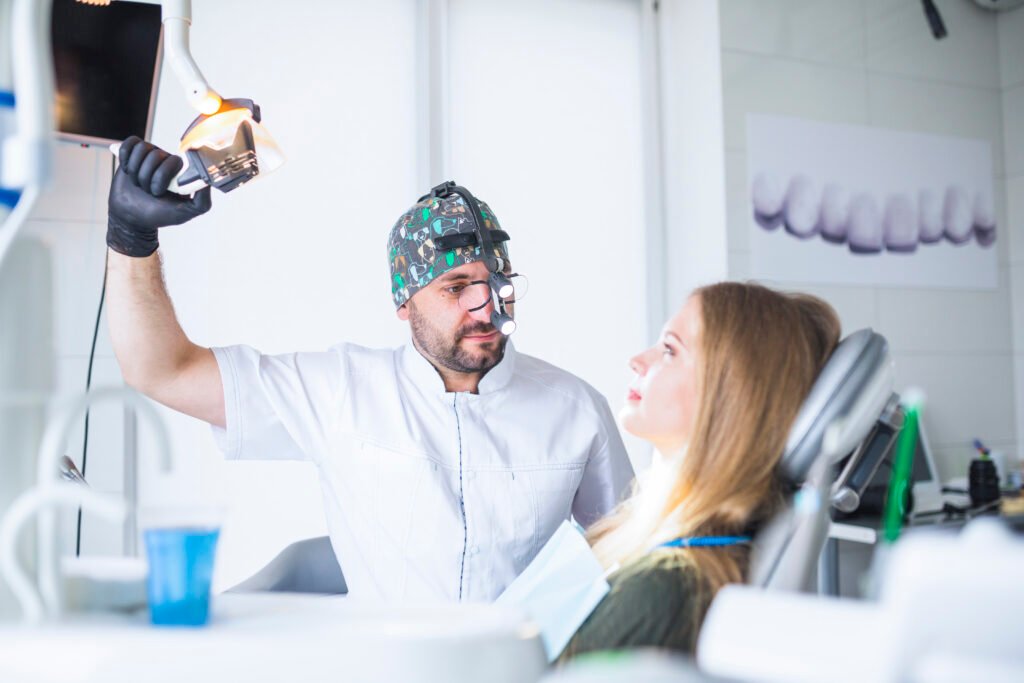The rise of digital dentistry has changed how clinics approach crowns, bridges, dentures, and diagnostics—but some patients still ask, “Is this new technology better than traditional impressions?” As a dental professional, you’ve likely encountered hesitation around intraoral scanners or 3D workflows. This guide breaks down the facts so you can confidently answer that question.
At First Dental Studio, we support digital workflows and help practices transition smoothly into 3D impressions, scans, and digital case submissions.
Digital vs. Traditional Dental Impressions
Traditional Impressions
Downsides:
This method involves using a tray filled with impression material (typically polyvinyl siloxane or alginate), which the patient bites into and holds for several minutes.
- Triggers gag reflex in many patients
- Prone to air bubbles, tears, or movement
- Material shrinkage can distort accuracy
- Can’t be verified in real time
Digital Impressions
Using an intraoral scanner, dentists capture a 3D map of the teeth and soft tissues. This digital model can be viewed chairside, modified instantly, and sent directly to the lab via secure upload.
Benefits:
- No putty or trays = no gag reflex
- Immediate feedback ensures scan quality
- Precise data leads to better-fitting restorations
- Speeds up turnaround time with labs
Many Canadian clinics now use scanners like the TRIOS by 3Shape or DEXIS IS 3800W to perform digital impressions.
Why Digital Impressions Improve Accuracy
Digital workflows eliminate several steps where traditional impressions often introduce errors. These include:
- Material shrinkage or expansion during setting
- Air pockets in impression trays
- Movement during tray placement
- Warping during disinfection
- Shipping damage during lab transport
By replacing silicone or wax occlusion records with virtual bite scans, dentists can also capture centric occlusion without placing material between the teeth—removing yet another source of inaccuracy.
Better for Labs. Better for Patients.
Digital impressions don’t just improve accuracy—they also improve communication with your lab. At First Dental Studio, we accept STL, PLY, and OBJ files from all major scanner brands. This lets us:
- Receive your case the same day
- Begin design without delay
- Eliminate shipping time and costs
- Offer faster turnaround for crowns, bridges, dentures, and nightguards
For patients, digital impressions mean:
- Shorter chair time
- No discomfort or messy trays
- Faster delivery of final restorations
Should You Make the Switch?
For most Canadian dental practices, the transition to digital impressions pays off quickly. Digital systems not only improve patient satisfaction but also reduce remakes and staff time. And with lab partners like First Dental Studio, digital case submission is simple, fast, and well-supported.
If your clinic isn’t digital yet, we can help you compare scanners, set up a digital workflow, and train your team to capture accurate 3D scans.
Get Started with Digital Impressions
Whether you’re scanning full arches or single units, digital impressions offer improved results with fewer adjustments. At First Dental Studio, we work with general dentists, prosthodontists, and dental teams across Canada to support seamless digital workflows.



